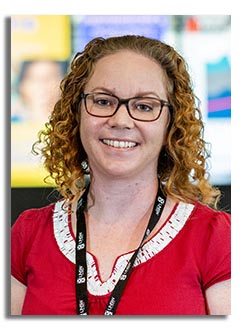
Abstract
Copper impurities are known to cause harmful light-induced degradation (Cu-LID) in p-type silicon, even when present in 1E10 cm-3 concentrations. Due to high diffusivity of copper, gettering is expected to be relatively simple as compared to slow-diffusing impurities. However, here it is shown that standard phosphorus gettering does not prevent the occurrence of Cu-LID. Specifically, time-temperature profiles of the device process steps as well as bulk micro defects present in the wafers play a critical role in the final gettering efficiency. For instance, a typical rapid thermal anneal (RTA, a few seconds at 800 ºC) is sufficient to release significant amount of Cu impurities from the phosphorus-doped layer to the wafer bulk in seemingly gettered wafers. We also demonstrate that copper can be present in significant concentrations in the bulk of the finished cells after being exposed to only trace surface contamination. Consequently, even a small local copper contamination area is sufficient to induce strong LID in the full-sized (6 inch) cell parameters, resulting e.g. in ~7% relative efficiency loss during illumination. The corresponding short circuit current density can decrease even 50% in the contaminated area. Finally, some recent results on Cu-LID mitigation are presented that seem to work nicely to LeTID defects too.
Click here to see all available video seminars.
Click here to go to the SPREE HOMEPAGE.
Brief Bio
Hele Savin obtained her D.Sc. (Tech.) degree in semiconductor technology from Helsinki University of Technology, Finland in 2005. She has been visiting scientist in University of Berkeley California (2002-2003), Fraunhofer Institute of Solar Energy Systems (2009) and Massachusetts Institute of Technology (2013). Currently she works as Associate Professor of Micro and Nanoelectronics at Aalto University Finland / School of Electrical Engineering and leads there Electron Physics research group consisting of 15 researchers. Her research interests focus on nanostructured surfaces, light-induced degradation, defect engineering in semiconductors and application of atomic layer deposition for photovoltaic devices. She is visiting UNSW SPREE for four weeks and participates in the Women in Engineering Academic Visitor program.
